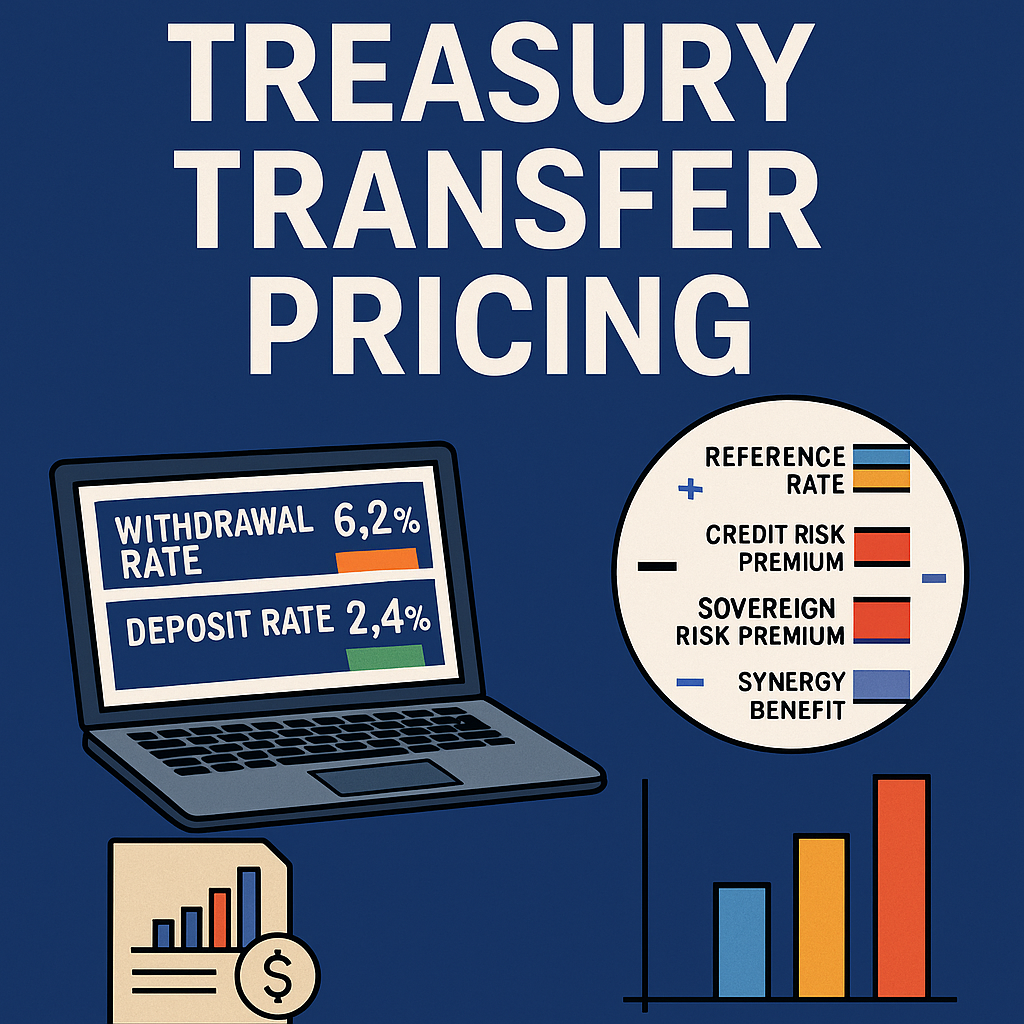Introduction
As financial environments grow increasingly dynamic, advanced methodologies are becoming essential for producing accurate and actionable forecasts. These methodologies combine data science, predictive modeling, and machine learning to improve precision and adaptability. This chapter delves into cutting-edge approaches for enhancing forecasting capabilities.
- Leveraging Machine Learning
1.1 How Machine Learning Enhances Forecasting
- Identifies patterns and correlations in large datasets.
- Continuously refines predictions based on new data inputs.
1.2 Applications
- Anomaly detection: Spotting unexpected cash flow trends.
- Dynamic forecasting: Adapting to real-time changes in revenue or expenses.
1.3 Benefits
- Improved accuracy for complex scenarios.
- Automation reduces manual effort and errors.
- Predictive Analytics
2.1 Overview
- Uses historical data and statistical algorithms to forecast future cash flows.
- Incorporates external factors such as market trends and economic indicators.
2.2 Techniques
- Regression analysis to identify key cash flow drivers.
- Time-series analysis to model recurring patterns.
2.3 Use Cases
- Anticipating seasonal cash flow fluctuations.
- Predicting the impact of marketing campaigns on revenue.
- Scenario Planning
3.1 The Importance of Scenario Planning
- Prepares businesses for uncertainties by modeling potential outcomes.
3.2 Steps in Scenario Planning
- Identify critical variables (e.g., sales growth, raw material costs).
- Develop multiple scenarios (e.g., best-case, worst-case, baseline).
- Evaluate financial implications under each scenario.
3.3 Benefits
- Enhances decision-making in volatile environments.
- Builds resilience against unexpected events.
- Monte Carlo Simulations
4.1 Overview
- Uses probability distributions to simulate a wide range of outcomes for key variables.
4.2 Applications
- Assessing the likelihood of cash shortages under different market conditions.
- Evaluating investment risks and returns.
4.3 Benefits
- Provides a probabilistic view of risks and opportunities.
- Ideal for stress-testing financial strategies.
- Integrating Real-Time Data
5.1 Sources of Real-Time Data
- Bank account feeds for up-to-date cash balances.
- ERP systems for live updates on receivables and payables.
- Market platforms for real-time economic indicators.
5.2 Benefits of Real-Time Forecasting
- Allows immediate adjustments to forecasts based on current conditions.
- Improves responsiveness to unexpected changes.
- Emerging Trends in Advanced Forecasting
6.1 AI-Driven Forecasting Platforms
- Combine predictive analytics, machine learning, and visualization tools.
6.2 Blockchain for Forecast Transparency
- Ensures data integrity and traceability by providing immutable transaction records.
6.3 Integration with ESG Metrics
- Incorporates environmental, social, and governance factors into forecasting models.
Conclusion
Advanced methodologies empower businesses to handle financial complexities with greater precision and agility. By adopting these approaches, organizations can stay ahead of market dynamics and make data-driven decisions that support growth and stability.








Leave a Comment
You must be logged in to post a comment.